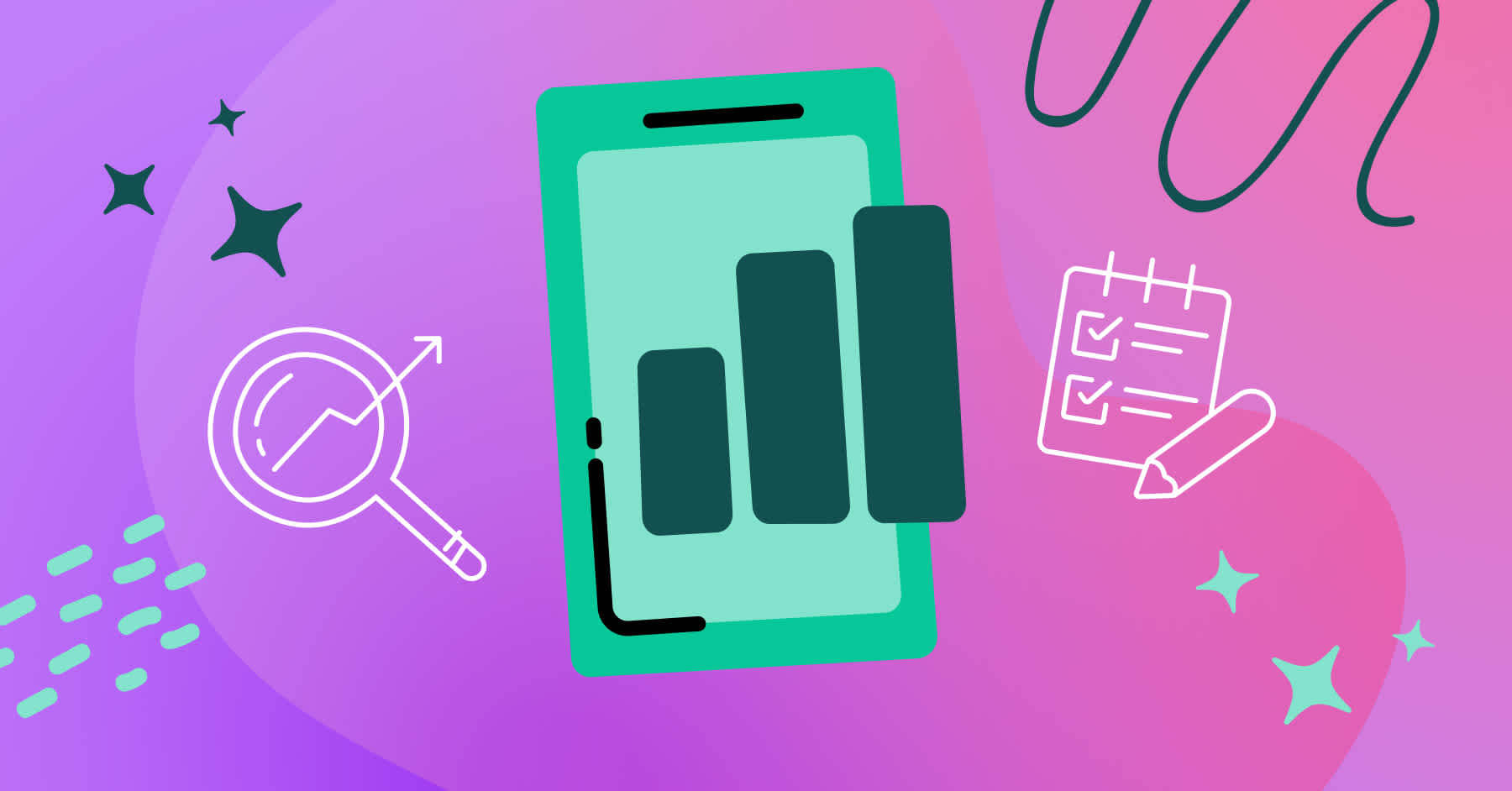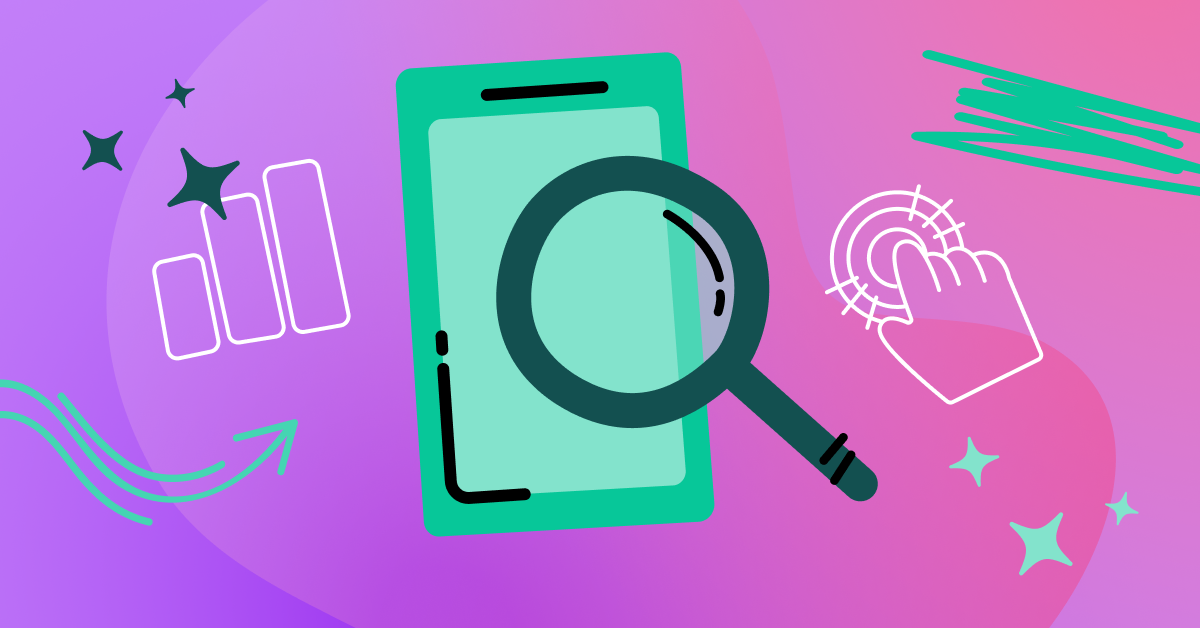Your mobile app is often the first point of contact between your users and your business. Whether it's a new user exploring for the first time or a loyal customer returning, their experience can make or break whether they stick around or leave. That’s why it’s crucial for data leaders to understand what drives user engagement—and what causes drop-offs.
The challenge is that user behavior within mobile apps isn’t always clear-cut. Some users might abandon the app just before taking an essential action, others might get stuck at a bottleneck, and some may even miss important features entirely. So, how do you uncover these hidden insights and turn them into meaningful changes that improve app engagement and retention?
Let’s explore how you can use data to turn user behavior into actionable engagement strategies and long-term user retention.
1. Start with user behavior, not assumptions
Assumptions can only take you so far. Behavioral data—the real kind of data—shows you what’s actually happening. Every user interaction is a puzzle piece, from session length to tap patterns. But what do you do with all those pieces?
You diagram them. Mobile analytics and behavioral data reveals where users hit roadblocks, which features keep them coming back, and how they navigate your app. For mobile app teams, this information is invaluable—it helps you design smoother, more engaging experiences.
Pro tip: Prioritize where mobile users are dropping off. By focusing on flow breakages, you can identify areas where making improvements will have the biggest impact on retention.
2. Analyze customer journeys to refine the mobile experience
Picture your app as a map. Every user starts at the same point, but they don’t always take the same route. By understanding how users interact with your app, you can identify patterns and uncover opportunities for improvement.
For instance, are users abandoning the checkout process at the same stage? Are they missing key features you thought were essential? Behavioral data can help you refine these journeys so more users reach the milestones you want them to.
Pro tip: Don’t just focus on the 'ideal' journey. It’s just as important to optimize for edge cases and less common paths to ensure every user has a seamless experience.
3. Prioritize mobile performance optimization
A slow, clunky app will lose users faster than you can say 'buffering.' Staying up-to-date on the latest UX trends can help address performance issues—like slow load times, crashes, or unresponsive buttons—that drive users away in no time.
Regularly monitor key performance metrics like load times, errors, and crash reports. Staying on top of these helps you nip problems in the bud, keeping users happy and engaged.
4. Use data to inform feature updates
Launching a new feature is exciting, but if it’s not solving the right problems, it’s just adding to the noise. Use data to guide your feature updates, ensuring they enhance the user experience instead of cluttering it.
Pay attention to which features users are engaging with the most and which ones are being overlooked. Double down on what’s working, and don’t be afraid to rethink—or retire—what’s not.
5. Make user retention an ongoing effort
Getting users to download your app is only half the battle. Keeping them around is the rest. Fortunately, understanding user behavior puts you in a strong position to drive long-term retention.
Set clear digital product benchmarks for engagement and track them over time. Are users returning to your app regularly? What patterns can you find between loyal users and those who churn? Use that data to develop targeted retention strategies that keep your users engaged for the long haul.
Curious to see how your mobile app could perform with deeper insights? Let us show you the possibilities! Request a demo, and we’ll walk you through how understanding your users' behavior can make all the difference in boosting engagement and retention.



